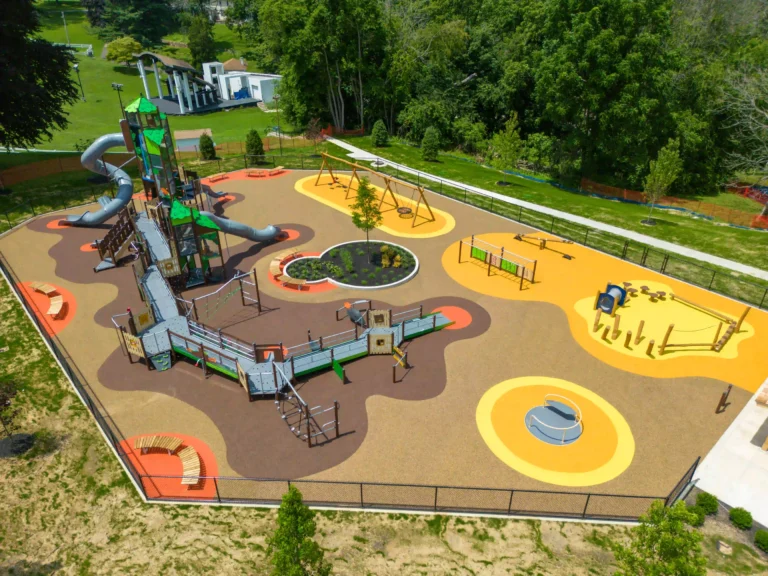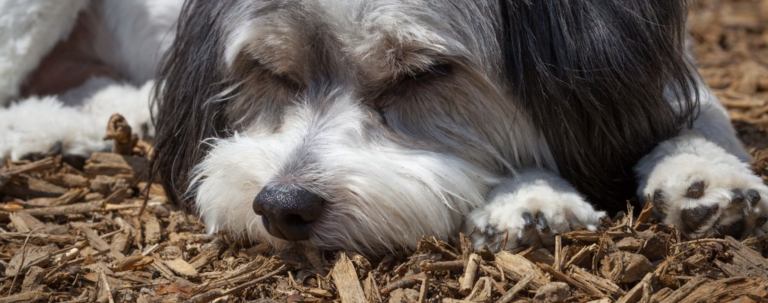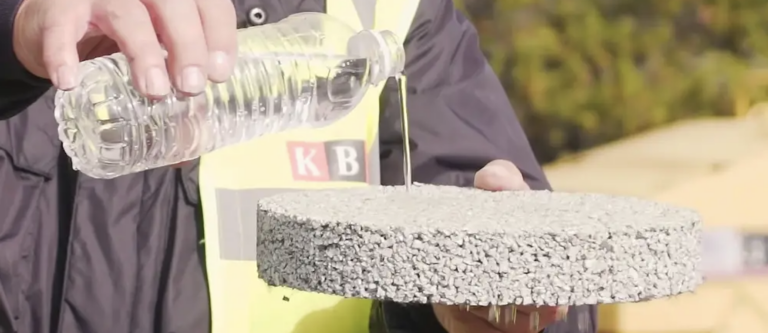Artificial Grass For Parks: An Easier Surfacing Solution
Artificial grass, also known as synthetic turf, has become a popular choice for parks around the world. This innovative solution offers a lush, green, and inviting landscape that requires minimal maintenance compared to traditional grass. The use of artificial grass in parks is not just a passing trend. It’s a practical solution that addresses many of the challenges associated with maintaining large green spaces. Traditional grass requires regular watering, mowing, and fertilizing to stay healthy and attractive. These activities not only consume significant resources but also contribute to environmental pollution. Artificial grass, on the other hand, remains green and vibrant throughout the year, irrespective of weather conditions, and requires minimal upkeep. This makes it an ideal choice for parks, providing a consistently attractive landscape for visitors to enjoy.
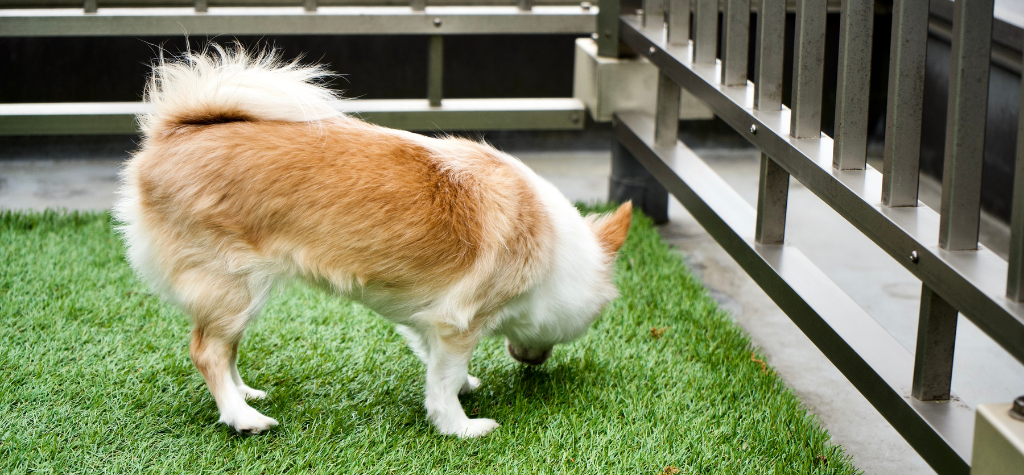
Advantages of Using Artificial Grass for Parks
Low maintenance & cost
Artificial grass offers numerous advantages that make it an ideal choice for parks. One of the most significant benefits is its low maintenance requirements. Unlike natural grass, artificial grass doesn’t need watering, mowing, or fertilizing, which saves a considerable amount of time, effort, and resources. This makes it a cost-effective solution in the long run.
Artificial grass can also be a cost-effective solution over time. While the initial installation cost may be higher than natural grass, the savings in maintenance costs over the years make it a financially sound choice. Plus, the long lifespan of artificial grass means parks won’t need to replace it as frequently as natural grass, leading to further savings.
Durability
Artificial grass is also highly durable and can withstand heavy foot traffic, making it perfect for busy parks. It retains its lush, green appearance throughout the year, regardless of the weather conditions. This means parks can maintain an attractive appearance all year round, enhancing the visitor experience.
Safety
Safety is another crucial advantage of artificial grass. It provides a soft and non-slip surface, reducing the risk of injuries during play. This makes it a safer alternative to natural grass, especially in areas where children and pets play. Additionally, the non-abrasive nature of artificial grass means it’s gentle on the skin, reducing the risk of friction burns that can occur on natural grass or synthetic surfaces without padding. This makes it an ideal surface for a wide range of sports, from soccer and football to gymnastics and track events.
Environmentally Friendly
Artificial grass also offers significant environmental benefits. It doesn’t require watering, which helps conserve water. Moreover, since it doesn’t need fertilizers or pesticides, it reduces the amount of harmful chemicals that can leach into the soil and water sources. Likewise, pet owners can walk their pets on artificial grass without worrying about potentially harmful chemicals coming in contact with their pet.
In conclusion, the use of artificial grass in parks offers a host of benefits, making it an easier and more practical surfacing solution.
Different Types of Artificial Grass
Artificial grass comes in a variety of types, each designed to meet specific needs and preferences. Understanding these differences can help park administrators choose the best option for their parks.
Nylon Artificial Grass: This is the strongest and most resilient type of artificial grass. It can withstand heavy weight and high temperatures without losing its original shape. This makes it ideal for areas with heavy foot traffic or under playground equipment.
Polyethylene Artificial Grass: This type of artificial grass is known for its realistic appearance. It’s soft, comfortable to walk on, and ideal for areas where children and pets play. It’s also durable and can withstand moderate foot traffic.
Polypropylene Artificial Grass: This is the most affordable type of artificial grass, but it’s also the least durable. It’s best suited for decorative areas with light foot traffic.
When choosing the type of artificial grass for parks, it’s important to consider factors such as the expected foot traffic, the park’s climate, and the available budget. Consulting with a professional artificial grass installer can provide valuable insights and recommendations based on the specific needs of the park.
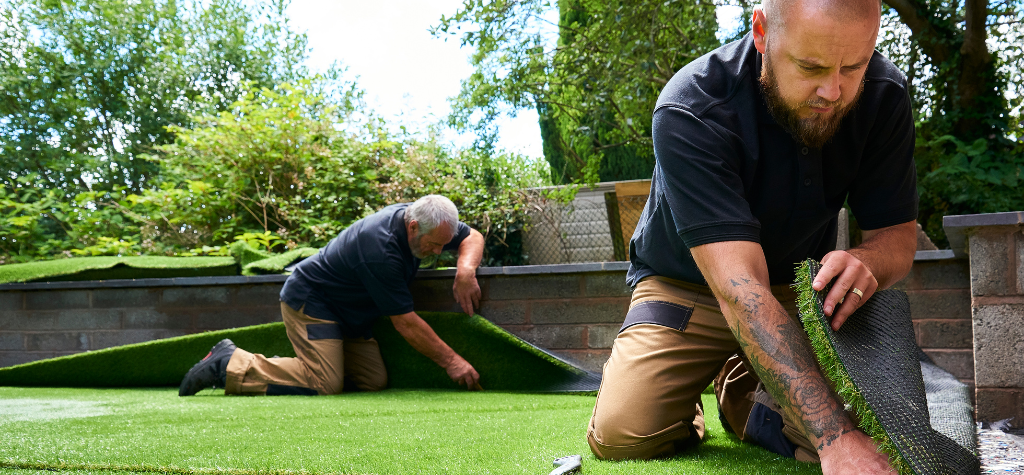
Lifespan of Artificial Grass in Parks
The lifespan of artificial grass in parks can vary depending on several factors. On average, high-quality artificial grass can last between 15 to 20 years with proper care and maintenance.
The type of artificial grass used can significantly impact its lifespan. For instance, nylon artificial grass is known for its durability and can withstand heavy use for many years. On the other hand, polypropylene artificial grass, while more affordable, tends to have a shorter lifespan due to its lower durability.
Other factors that can affect the lifespan of artificial grass include the amount of foot traffic it receives, the local climate, and how well it’s maintained. Regular cleaning and occasional professional maintenance can help extend the lifespan of artificial grass.
In conclusion, while artificial grass requires an upfront investment, its long lifespan and low maintenance requirements make it a cost-effective solution for parks in the long run.
Cost of Artificial Grass for Parks
The cost of installing artificial grass in parks can vary widely depending on several factors. These include the size of the area to be covered, the type of artificial grass chosen, and the complexity of the installation process. Likewise, artificial grass could be more expensive if the area being covered is an odd or uncommon shape that requires custom sized pieces.
On average, the cost of artificial grass ranges from $12 to $17 per square foot, including installation. This means for a park that’s 1,000 square feet, the cost could range from $5,000 to $20,000. While this might seem high compared to natural grass, it’s important to consider the long-term savings.
Artificial grass requires minimal maintenance, which can result in significant savings over time. There’s no need for regular watering, mowing, fertilizing, or pesticide application, all of which can add up in terms of costs for natural grass.
Moreover, the long lifespan of artificial grass means parks won’t need to replace it as frequently as natural grass, leading to further savings. Therefore, while the initial investment might be higher, the total cost of ownership over the years can make artificial grass a more cost-effective solution.
Conclusion
Playground turf padding is a crucial component of any safe, enjoyable playground. It provides a soft, cushioned surface that can significantly reduce the risk of injuries, ensuring that children can play and explore with peace of mind. With various types available, it’s possible to find the perfect turf padding to meet any playground’s specific needs. For more information or advice on choosing and installing playground turf padding, don’t hesitate to get in touch with a professional.

